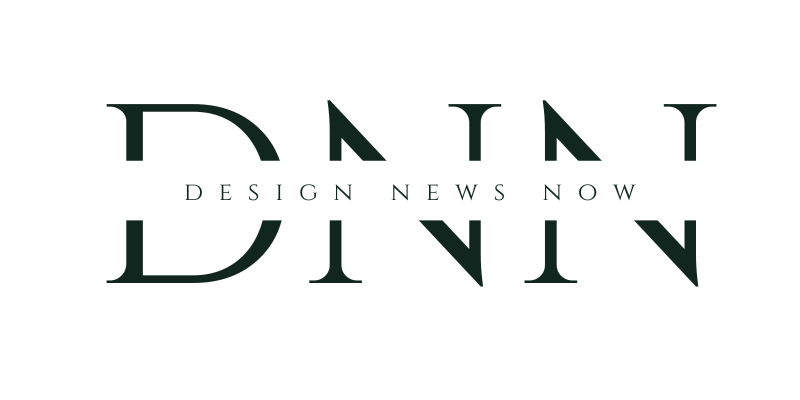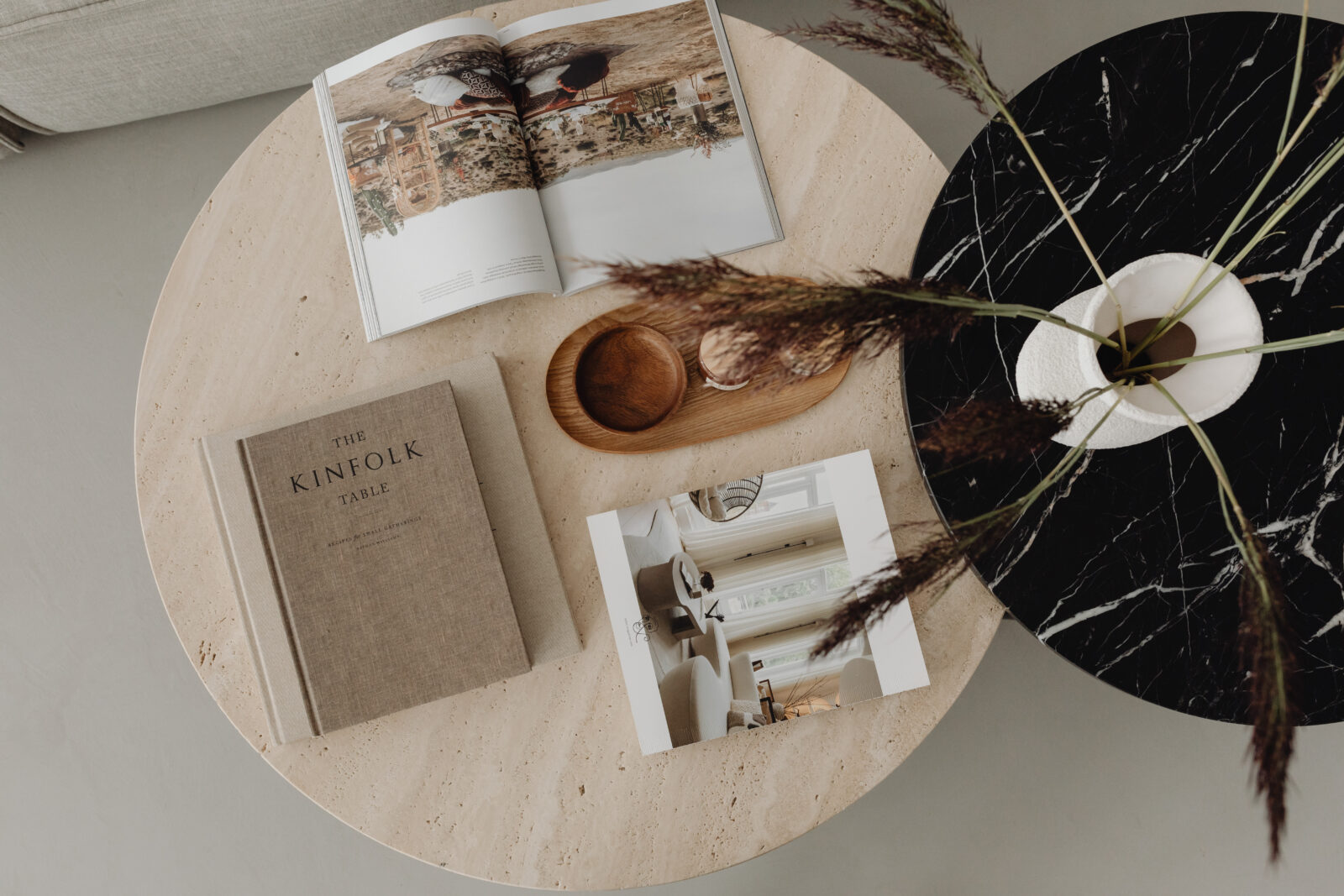What should we pay attention to?
The predictions business is about aggregating data from lots of different places. But what if it wasn’t? If you could pick only one resource or place to routinely visit; or one column to regularly read, in order to track and predict emerging trends – what would that be? For designers Robin Baron and Dann Foley, and trend forecasting expert Patti Carpenter, that answer is undoubtedly: visiting Paris.
Last week, I moderated a panel discussion with prolific interior and product designers Robin Baron and Dann Foley, as well as the industry’s leading trend forecaster, Patti Carpenter, in the Minka Group lighting showroom at Lightovation. We discussed how to keep your finger on the pulse as a designer and where to look to anticipate client needs.
They were anticipating heading to Maison Objet in Paris this week, which they collectively agree is the one place you must spend a decent amount of time in if you work in aesthetics. As Robin Baron says, “It’s the most global” of the design shows. Even when compared to Milan, you find the most variety from larger, established brands to niche art furnishings, uninhibited by the usual confines of commerce and standardized sizes. What do you do with all that stimuli, then?

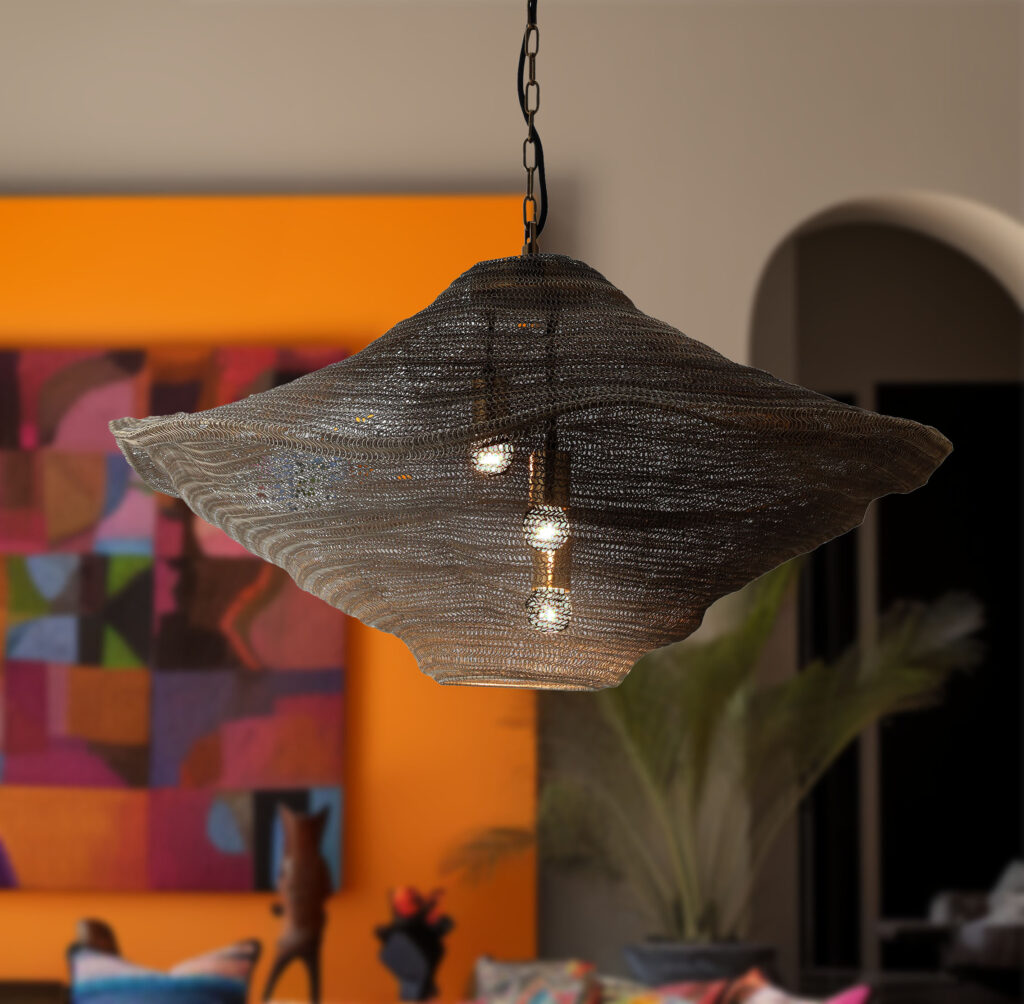
Slow to adopt new trends
The home furnishings industry, on the whole, is historically slower to adopt emerging trends than, for example, wearable fashion or technology. This isn’t good or bad. It makes perfect sense: When you are making products for people to live with, presumably for a long time, which they might interact with or at least look at every day in their homes, the priorities are usefulness and familiarity over novelty. With that said, we should look towards the tech design shows if we want to get an idea of what is to come in five+ years. While our ‘Finger on the Pulse’ conversation was going on at the Dallas Market Center, 1,200 miles away, the Consumer Electronics Show was taking place in Las Vegas. Unlike home furnishings, the products being showcased at CES are most concerned with what is novel.
Novelty
There are two major reasons something hasn’t been done before: the tech doesn’t exist yet (or isn’t scalable/refined enough), or no one wants it. In the case of “tech in the home space,” Dann Foley noted that his clients’ primary concern is always with whole-home security, something that the right-to-repair consumer advocacy group FIX.IT was also deeply concerned about, awarding multiple products “Worst in Show at CES,” citing privacy and security violations. Click play on the video below to see all the winners (or losers, in this case):
Keeping tech out of the way
The past 20 years have also been about making tech the center of everything. Meanwhile, creating a serene built environment has been about hiding it – such as keeping cables tucked neatly away and installing retractable TVs or ones that can be disguised as art when not in use. Now, tech is actually in conversation with interior design, reflecting consumer exhaustion with tech being everywhere.
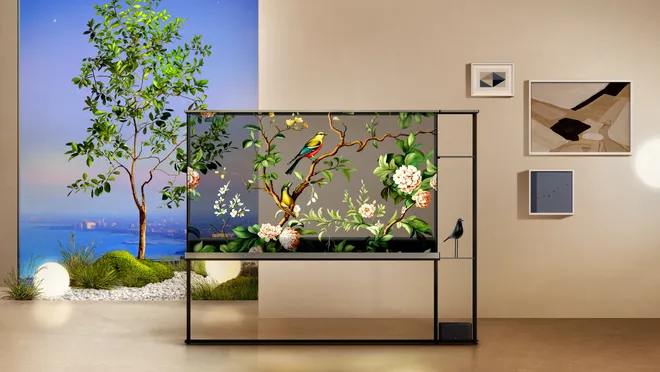
Sharon Profis the Vice President of Content at CNET said of her findings “I’m back from CES, where I was surprised to find out that AI-powered robots aren’t taking over. Yet. Instead, there was a ton of genuinely helpful tech, including a trend toward devices that get out of the way, rather than closer to your face or all over your home.” She went on to speak specifically about TVs showcased by Samsung LG Electronics who both showed TVs that nearly disappear when they are turned off.
When the trends run counter to the data
Sometimes, what you discover when studying “the kids” runs counter to the data. Patti Carpenter brought up a great example regarding designing for millennials. When you zoom out and examine the overarching trends, there is incredibly colorful branding and packaging—color is everywhere. The initial takeaway was, “Millennials want color!” However, their purchasing behavior contradicted this. As it turned out, millennials, inundated with loud distractions everywhere, from billboards to apps on their phones, wanted neutrals in their homes. Interpreting and contextualizing the data is just as important as collecting it. Bring on the white bouclé!
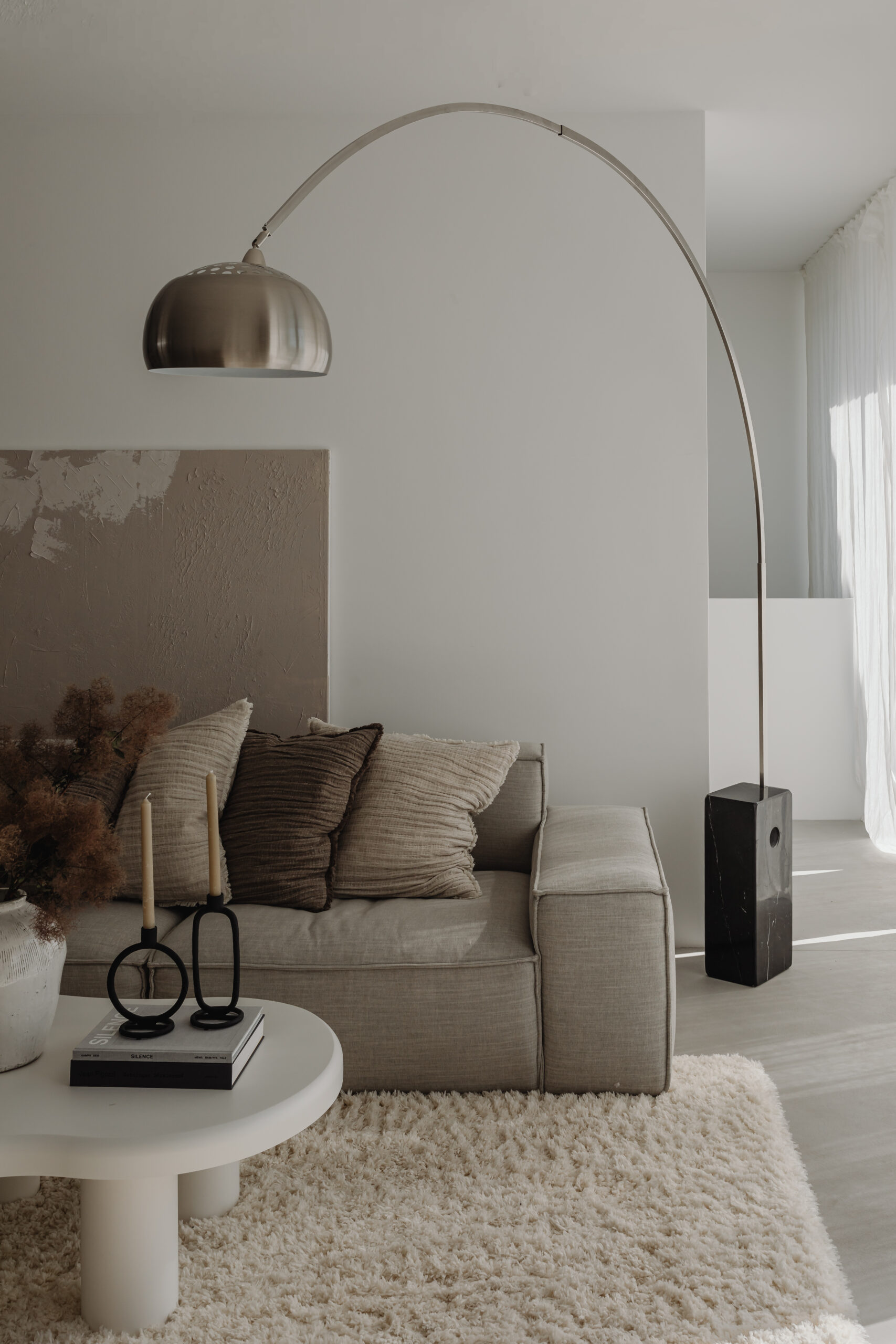
Top trends for 2024 and beyond
The recently published WGSN consumer insights report on Top Trends for 2024 & Beyond unveiled several small trends relevant to the interior design and home improvement space, pointing to larger trends we have been observing within the industry. They touch on AI as a co-creator, auto-tainment, multi-species homes, and curtains, which I categorize under the larger umbrella trends of experiential design and healthy environments. Let’s unpack:
Buying experiences and co-creation with AI
- AI Co-creation: The trend of designers collaborating with generative AI introduces new possibilities for interior design. The use of no-code/low-code AI allows designers to focus more on the creative aspects, leading to innovative and experimental approaches in home decor and layout. This is also in alignment with another trend, unrelated to AI, that has emerged due to the changing media landscape in design: clients want to co-create with their interior designer and make the process more collaborative.
Take this to its extreme and two major camps of interior designers emerge: those who are artists, hired for their sole vision (think: Kelly Wearstler), and the designers who are more like personal shoppers, there to guide the decisions of the client (see: “The Expert”). A number of designers who fall into the latter category have found that offering a buying trip as an add-on service has proven lucrative. This is when they bring their clients with them to High Point, allowing them to play designer for a day. It is part of an even larger trend of consumers buying into stories and experiences, rather than (or in this case, in addition to) material objects. Designers and brands who can distinguish themselves as selling an experience will come out on top.
- Auto-tainment: As transportation time becomes free time, there is a shift towards making cars more than just a mode of transport. The incorporation of retractable desks, lounge-like seats, and smart assistants brings forth the concept of a mobile third space. This trend could influence how interiors of cars and even homes are designed to cater to a multi-functional lifestyle. You might see more interior designers being hired to customize vehicle interiors.
Whole home health and environmental consciousness
- Multi-species Home: The concept of designing living spaces to accommodate the needs of various species, including pets and plants, aligns with the growing trend of creating healthy environments. There is expected to be a lot of growth in the categories of pet-related items: clothes, food, food storage, beds, wellness products etc.
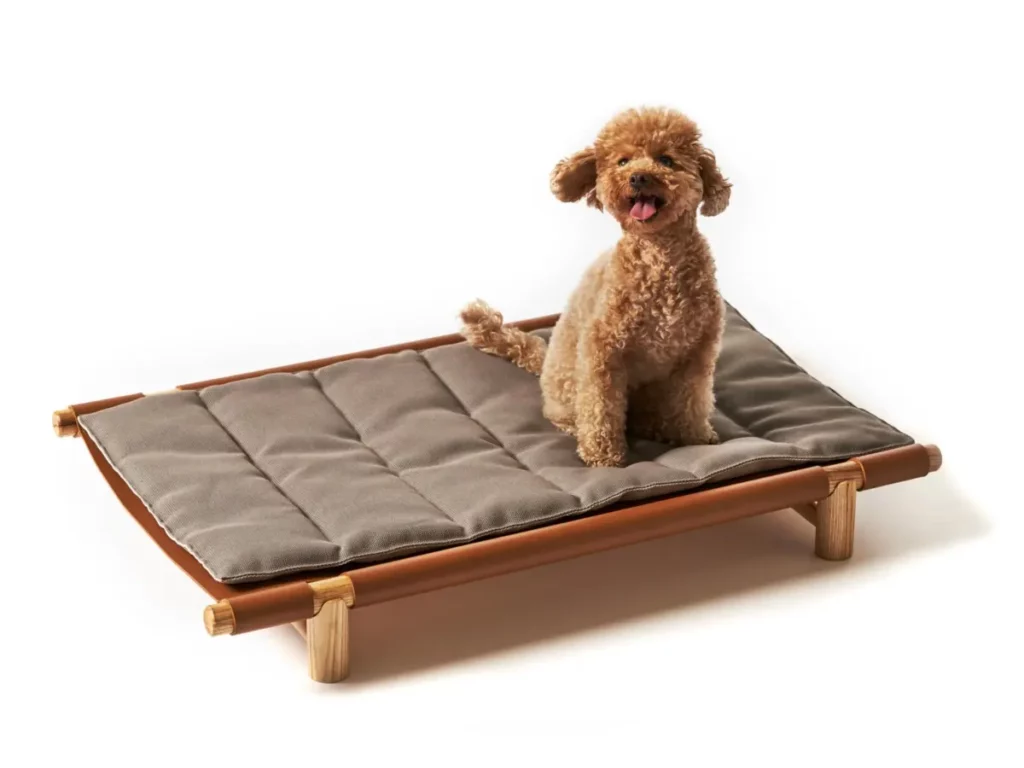
- Curtains: The WGSN report notes a resurgence of interest in curtains. With an emphasis on energy-saving and climate considerations, curtains are seen as more than decorative elements; they serve as fabric insulators, contributing to the overall sustainability of a home. The use of phase-changing materials in curtains also adds a sensorial dimension to interior spaces. This is big news for textile companies and designers who frequently fabricate custom window treatments. For designers, including energy-saving or healthy-home window treatments as a separate service you offer could be a good idea.


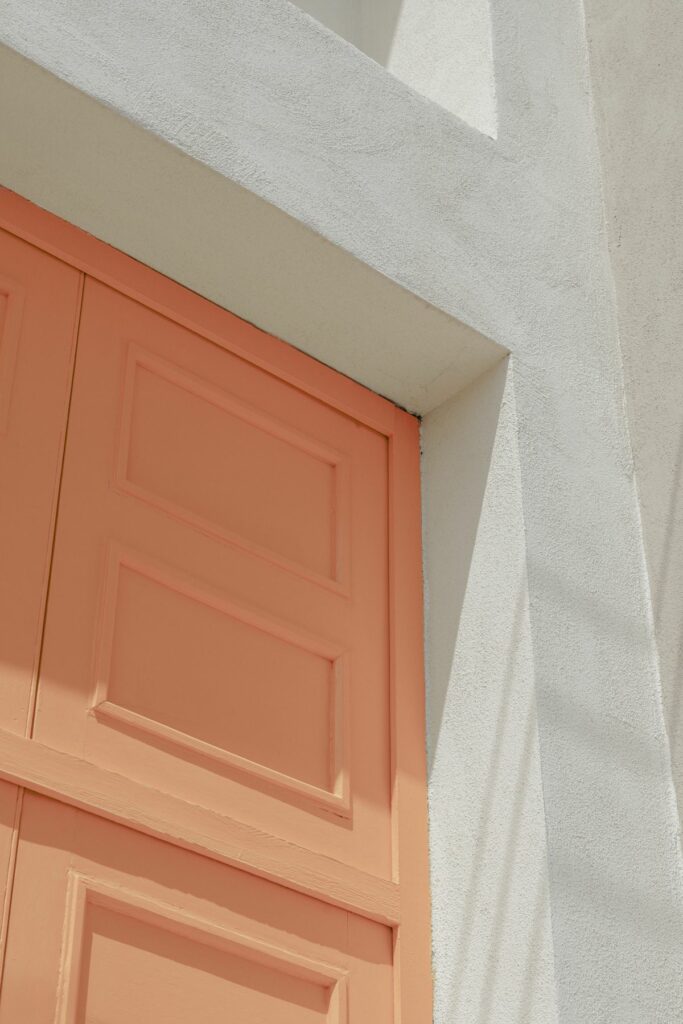
Look to kitchens to see the trends trickle down
Another thing Sharon Profis noticed was that Food Tech was a major category at CES this year: “People love food. Cooking tech is a growing category at CES and we were happy to find products that we think people would actually buy, like the ColdSnap®, which is basically a Keurig for soft-serve. I tried it. It’s really good, almost Mister Softee good.” Kitchens are undoubtedly the spaces where homeowners spend the most money, often getting excited about novel appliances and other technology, and are most likely to call in professional help. It is where you are going to see all the trends in action in the home first.
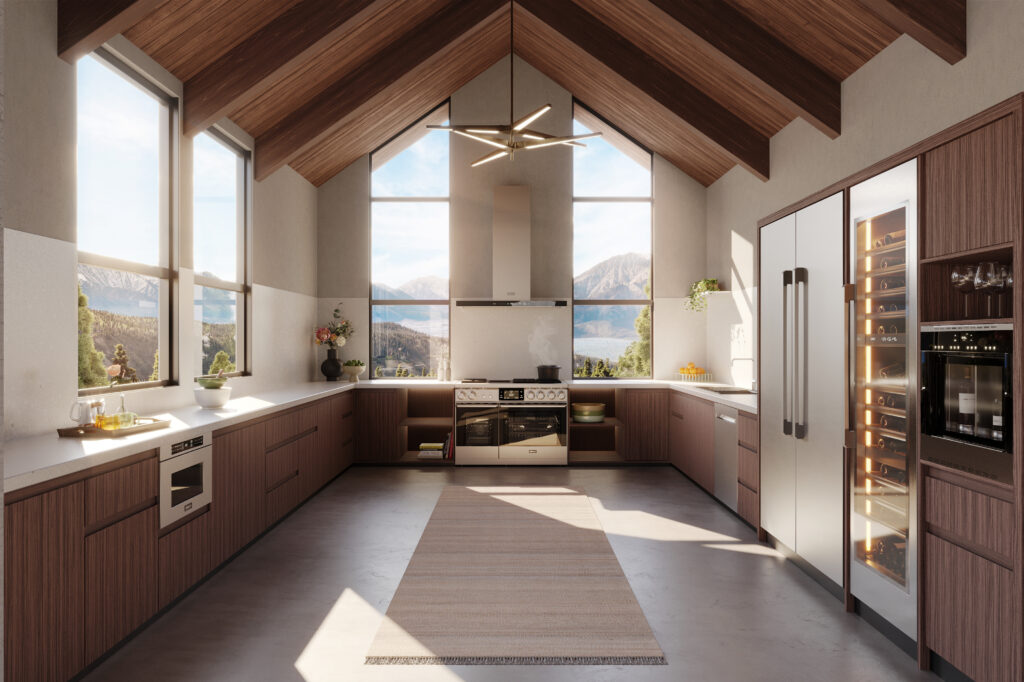
I recently led discussions on the future of luxury kitchens at WestEdge in Los Angeles and spoke with Dacor’s Head of Luxury Brand & Product Marketing, Geraldine Morrison, to discuss the shifts taking place in the luxury kitchen. Much like the forward-thinking lighting manufacturers gracing Lightovation this year, the manufacturers of luxury kitchen appliances are focused on controllability technology (dimmers, timers controlled via smartphone), sustainability, and aesthetics inspired by gems (as in Dacor’s diamond finish). The other major kitchen trend is concealed everything – everything that isn’t jewelry-inspired is tucked under-counter, behind a cabinet door, or in an entirely separate prep kitchen. What you choose to showcase, you want to shine, and everything else you want to conceal – sounds a bit like aesthetics mimicking social media behavior (See: #CleanTok on TikTok).
What disrupts a trend and what does it look like when a trend undergoes disruption?
In Dallas, we also discussed what disrupts a trend. World-altering events with unpredictable outcomes, like global pandemics, obviously cause disruptions. Sometimes there are more predictable cycles, such as what happens during election years (people become more conservative with their spending and tend toward traditional aesthetics in times of uncertainty).
Oftentimes, though, the swings are less dramatic, as Patti Carpenter points out. Some trends emerge, especially if they are to have longevity, to have a steeper on-ramp, improving or altering versions of something pre-existing. The key to trend prediction lies in tracking those tiny baby steps closely. These happens when interior and product designers attend a trade show abroad, like Maison or Salone. They bring back the trends emerging overseas that have yet to make an impact locally. They experiment with finding their resonance here, which usually involves tiny tweaks to what already exists, rather than fully reinventing the wheel. What emerges is something new and unique through their creative filter and under the taste and budgetary restraints of their client or manufacturing partner.
